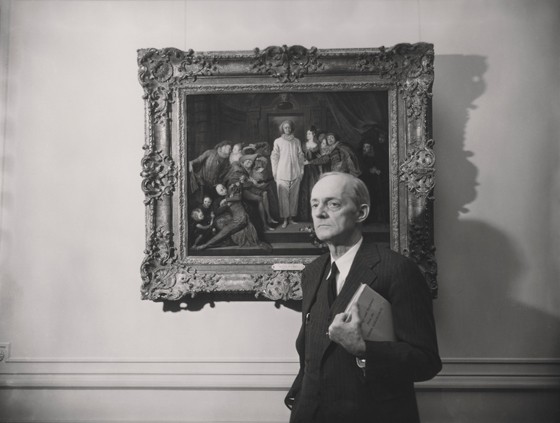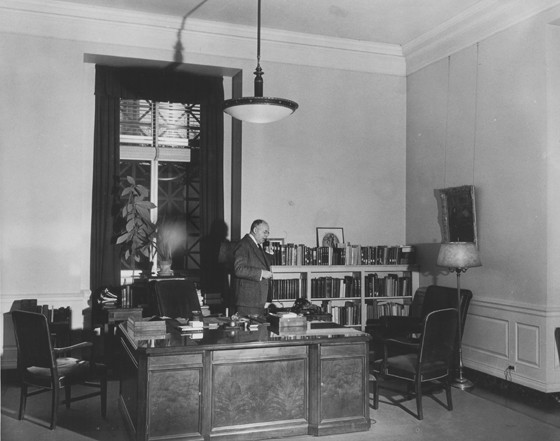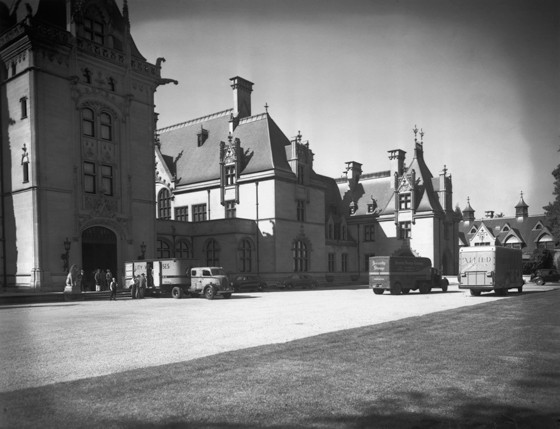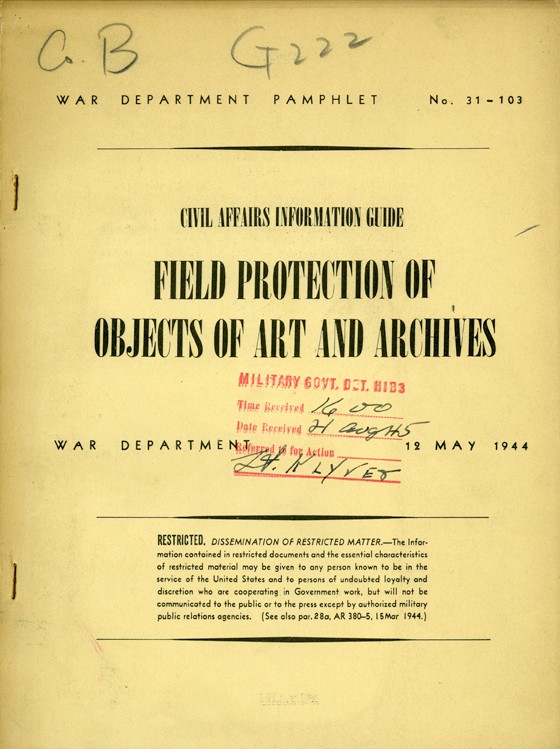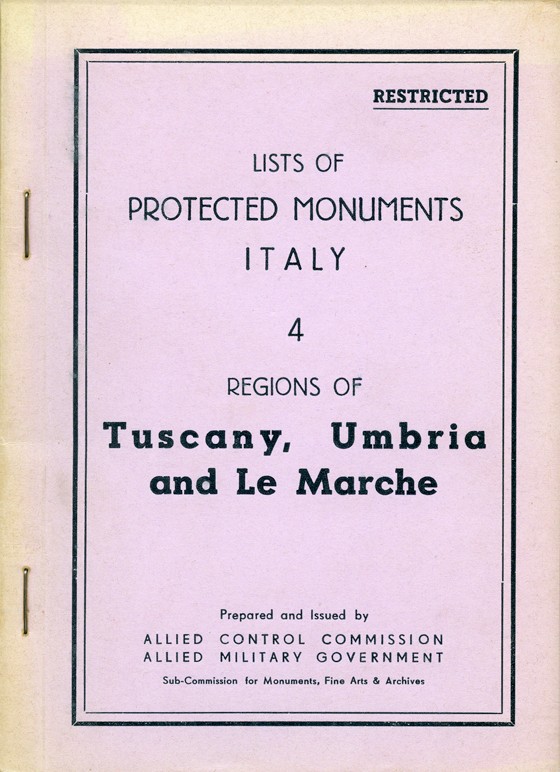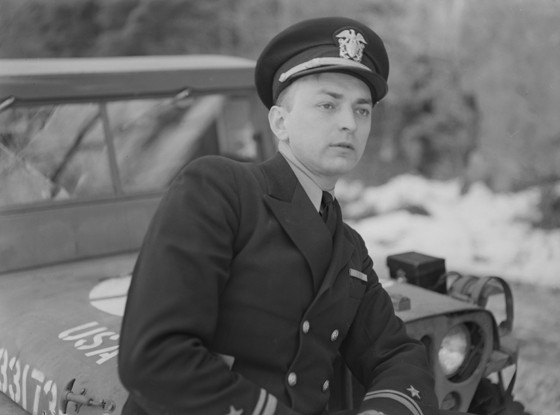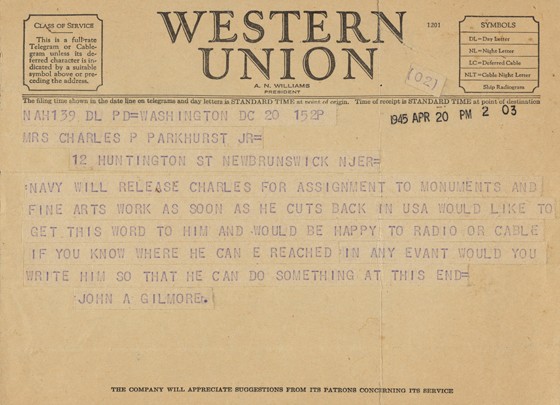The Monuments Men
and the National Gallery of Art
I. Behind the Monuments Men
In Washington, working through the National Gallery of Art, leaders of the American cultural
community persuaded President Franklin D. Roosevelt to create a government commission
whose concerns would be the protection and conservation of art and cultural materials,
historic monuments, and archives in Europe and the eventual return of looted objects to rightful owners. The result was the American Commission for the Protection and Salvage of Artistic and Historic Monuments in War Areas. It was also known as the Roberts Commission, named for its chairman, Supreme Court Justice Owen Roberts. One of the commission’s most significant achievements was to persuade the military to create the Monuments, Fine Arts, and Archives (MFAA) program to place skilled officers in the field.
David Finley, c. 1946. David Finley Papers
David Finley served in the titular role of vice-chairman of the Roberts Commission, but effectively acted as its chief executive, using all of his considerable charm and excellent contacts to promote its work in Washington and to support the monuments men in the field. Finley had been a close associate of Andrew Mellon, founder of the National Gallery of Art, and served as director of the museum from 1938 to 1956.
Huntington Cairns, May 1941. Jack Hyams Photographs
Roberts Commission offices were located in the National Gallery of Art building, and many of its staff and officers also worked for the museum. Huntington Cairns was a well-known scholar and author who held the unpaid position of secretary to the commission while also serving as an executive officer of the fledgling National Gallery of Art.
Biltmore estate, Asheville, North Carolina, 1944. Gallery Archives
Within weeks of American entry into World War II, the Gallery sent many of its most valuable paintings to offsite storage at the Biltmore estate in Asheville, North Carolina, and prepared to open its doors to soldiers and war workers who were crowding the city of Washington.
This guide was created by the Roberts Commission and published by the War Department to assist soldiers who would need to give “first aid” to cultural materials. Charles Parkhurst Papers
The Roberts Commission worked closely with civilian groups to develop lists of significant monuments and other buildings to be given special protection during military operations. Frederick Hartt Papers
Lieutenant Charles Parkhurst, 1945. Charles Parkhurst Papers
Facsimile of telegram, April 20, 1945. Charles Parkhurst Papers
One of the commission’s chief duties was to recommend military officers to work in the MFAA program. Lieutenant Charles Parkhurst was in the navy when his wife received this telegram from the Roberts Commission. Parkhurst had been an assistant curator at the National Gallery of Art before enlisting, and he returned to the museum as assistant director and chief curator from 1971 to 1983. He served from 1945 to 1946 in the MFAA section in Germany.
